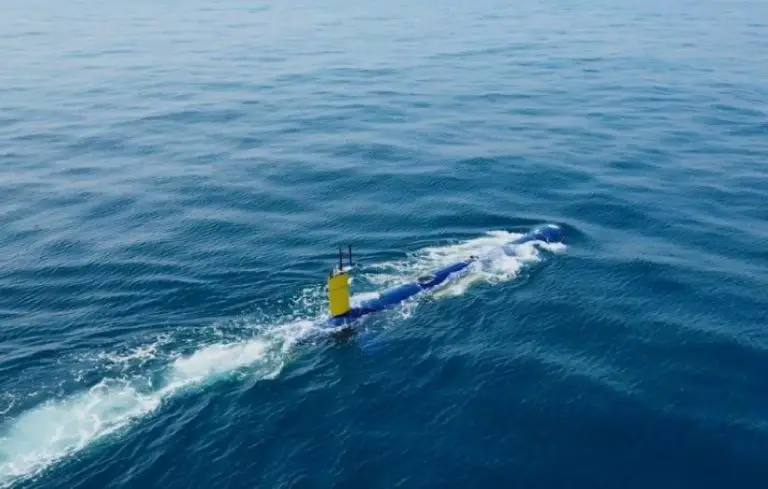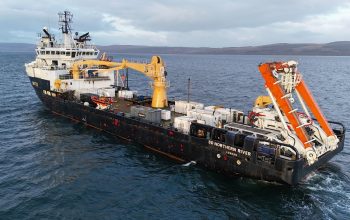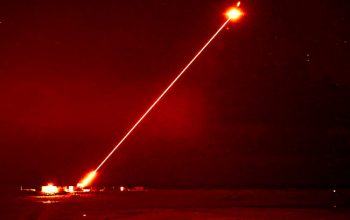SCANTER 6000 radar solution closing the gap between standard marine navigation radars and more expensive military surveillance radar systems on Belgian/Netherlands replacement MCMV program. Terma will deliver the first unit in 2022 and the deliveries will continue for the following eight years. As the construction of the first joint Belgian and Dutch replacement Mine Countermeasures (rMCMV) vessel will start in February 2021. Terma is proud to announce that the SCANTER 6000 radar has been selected for this program which is led by Belgium Naval & Robotics consortium, composed of Naval Group and ECA Group. In this frame, mid-January Terma was contracted by the French shipbuilder Kership – a joint venture between Naval Group and Piriou – to supply 12 units of the renowned SCANTER 6000 naval radar for the MCM vessels.
Already in 2013, Belgium and the Netherlands had plans to jointly replace their TRIPARTITE minehunters. Three years later, the Ministers of Defence of Belgium and the Netherlands signed a Letter of Intent for the joint replacement. It was agreed that the Belgium Navy would have the lead in the replacement program. The project is now in full motion and the consortium Belgium & Naval Robotics, consisting of the French companies Naval Group and ECA Group, will deliver the first new MCMV’s in April 2024 to the Belgian Navy to be followed by delivery to the Royal Netherlands Navy. Both navies will receive six ships each. An important part of the project is the new concept of stand-off mine warfare; the motherships remain outside the mine danger area and their MCM tools operate from the mothership to detect, classify and destroy mines from a great distance.
The SCANTER 6000 is a coherent X-band 2D solid state radar developed by Terma to address market requirements for improved surface and low airspace situational awareness in all-weather and sea conditions. It has been specifically designed as an affordable solution to plug the gap between standard marine navigation radars and the very expensive military surveillance radar systems. The SCANTER 6000 naval surveillance radar is in delivery to the Royal Navy’s new Type-26 Global Combat Ships and T31 Frigates. The radar is currently in service on most French Navy’s major warships including the Charles De Gaulle aircraft carrier and on the Danish Navy’s Frigates of the Iver Huitfeldt class. It is also supplied to the German Navy and in other regions for new OPV programs as well as update programs.
Terma A/S is a Danish defense and aerospace manufacturer for both civilian and military applications, and is owned by the Danish company Thrige Holding A/S. It is Denmark’s largest company within the aerospace and defense industry, employing approximately 1,100 people worldwide. The company was founded in 1949 by Orla and Svend Aage Jørgensen; it originally focused on the production of thermometers and manometers for ships and various other metal components. The firm became a leader in defence electronics, and had diversified into air defense systems, aircraft avionics, and missiles by 1970. It continued to grow, acquiring various other Danish defense firms during the 1990s. In 1999, Terma A/S acted at the prime contractor for the Ørsted satellite, the first Danish satellite to be launched into space.


























